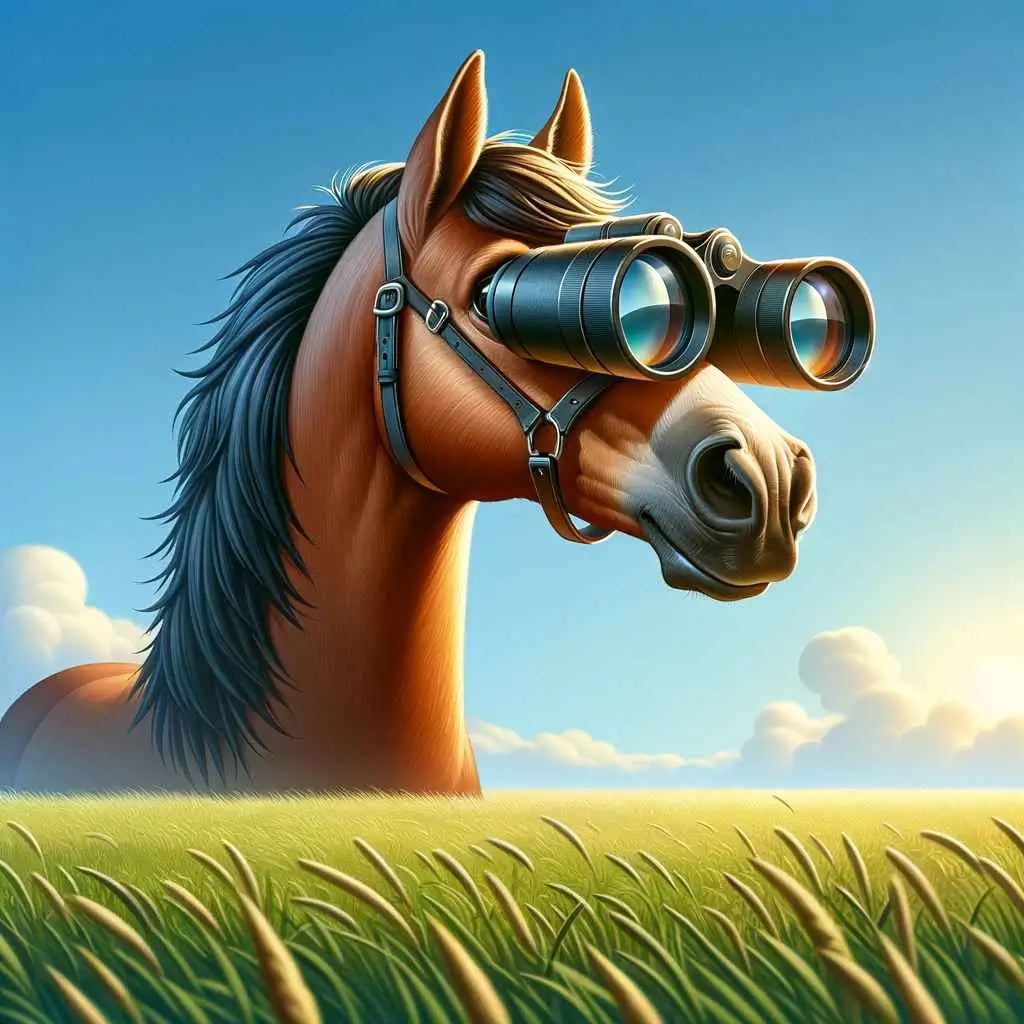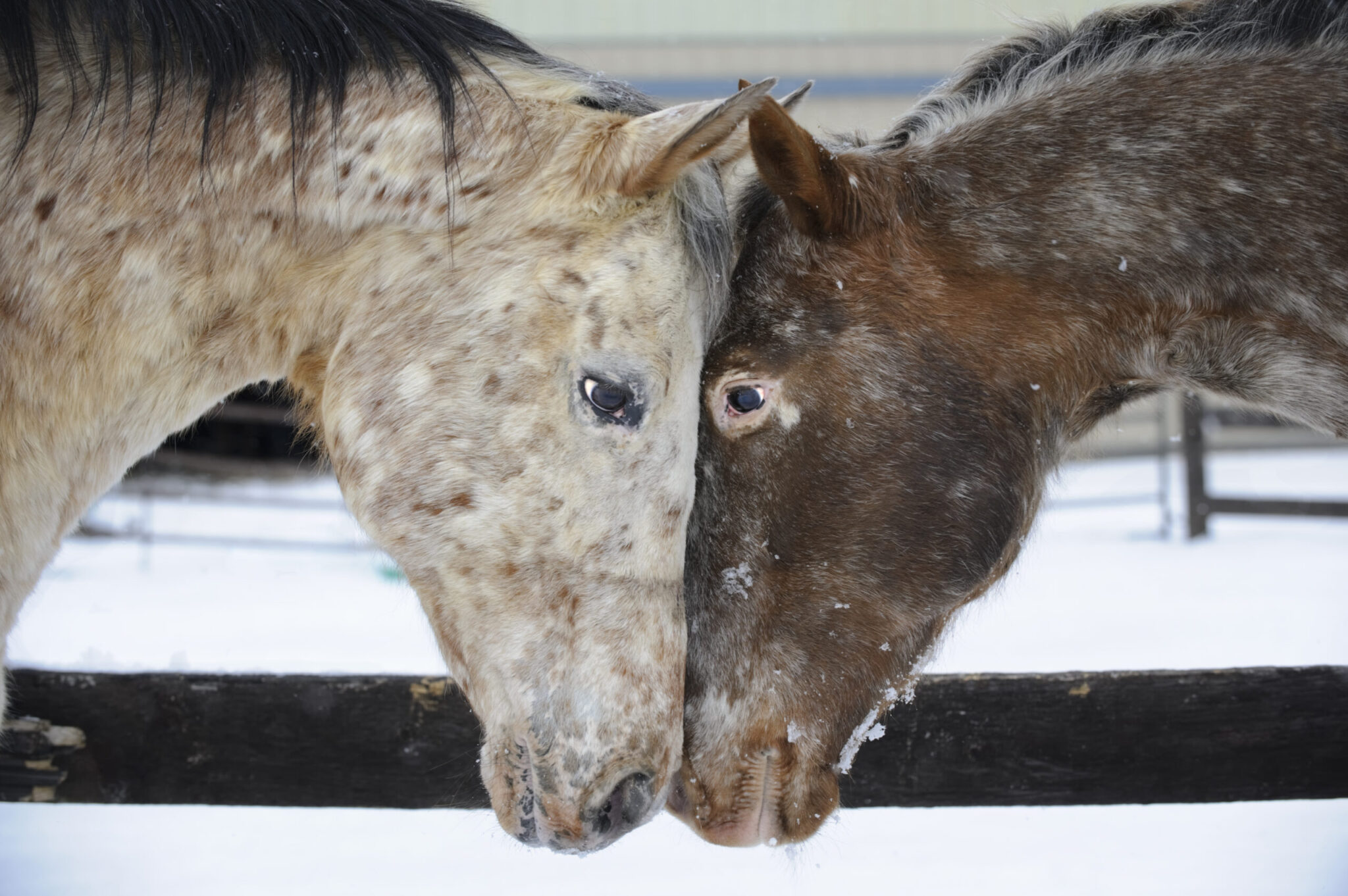The Horse’s Amazing Sense of Sight

Horses are remarkable creatures, not only for their strength and speed but also for their extraordinary sensory abilities. Among these, their sense of sight stands out as particularly fascinating. Understanding how horses see the world can deepen our appreciation for these majestic animals and improve how we interact with and care for them.
Overview of Equine Vision
Horses have evolved to be prey animals, which has shaped their visual system to detect predators and navigate their environment effectively. Their eyes are among the largest of any land mammal, providing a wide field of view and acute motion detection.
| Feature | Description |
|---|---|
| Eye Size | Large, facilitating a broad visual field |
| Field of Vision | Approximately 350 degrees, nearly panoramic |
| Color Vision | Dichromatic, can see blues and greens |
| Night Vision | Enhanced due to a reflective layer called tapetum |
Unique Characteristics of Horse Vision
Wide Field of View
Horses have eyes positioned on the sides of their heads, allowing them to see almost all around without moving. This panoramic vision helps them spot predators from various angles.
Monocular and Binocular Vision
- Monocular Vision: Each eye sees a different part of the environment, useful for scanning wide areas.
- Binocular Vision: The area where both eyes’ fields overlap, allowing depth perception, crucial for judging distances when running or jumping.
Color Perception
Unlike humans, horses have dichromatic vision, meaning they see two primary colors. They can distinguish blues and greens but have difficulty differentiating reds and oranges.
Night Vision
Thanks to the tapetum lucidum, a reflective layer behind the retina, horses can see better in low light conditions, which is vital for their survival at dawn and dusk.
How Horses Use Their Sight in Daily Life
- Detecting Danger: Their wide field of vision and motion sensitivity help them detect predators early.
- Communication: Horses use visual cues like ear position and body language to communicate with each other.
- Navigation: Depth perception aids in moving safely across varied terrain.
Common Misconceptions
- Horses have poor eyesight: In reality, their vision is highly adapted for their needs.
- Horses see in black and white: They do see colors, just not as many as humans.
FAQ
Q1: Can horses see directly in front of their noses?
A1: Horses have a small blind spot directly in front of their noses and directly behind them, which is why they often move their heads to get a better view.
Q2: How far can a horse see?
A2: Horses can see objects clearly up to several hundred meters away, especially moving objects.
Q3: Do horses rely more on sight or smell?
A3: While horses have a strong sense of smell, sight is their primary sense for detecting movement and danger.
Conclusion
The horse’s sense of sight is a complex and highly specialized system that plays a crucial role in their survival and interaction with the world. Appreciating these visual capabilities can enhance how we train, handle, and care for horses, ensuring their well-being and safety.
Would you like me to help improve the clarity or engagement of this article? Or perhaps add more scientific details or practical care tips?
